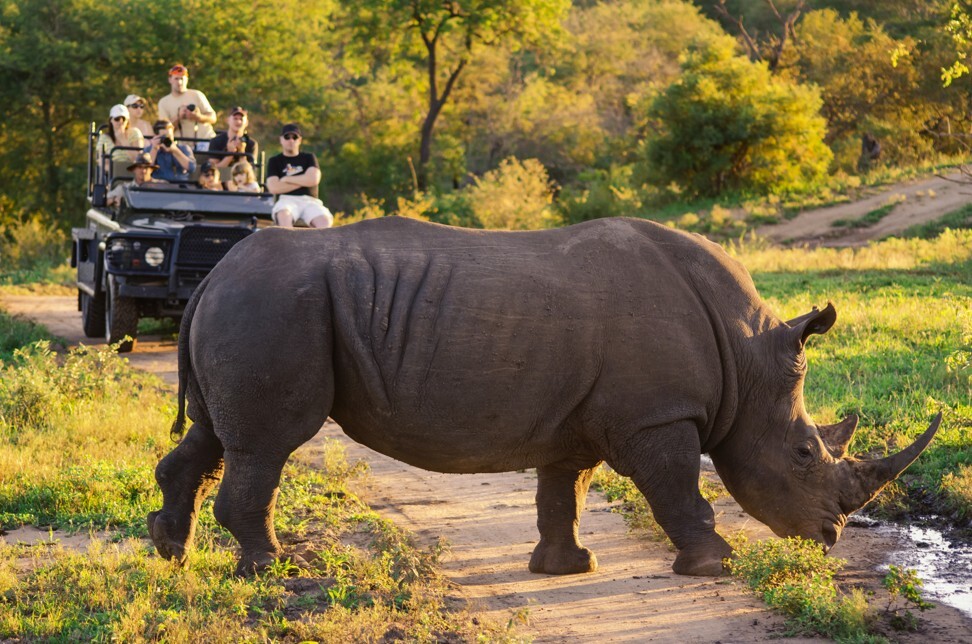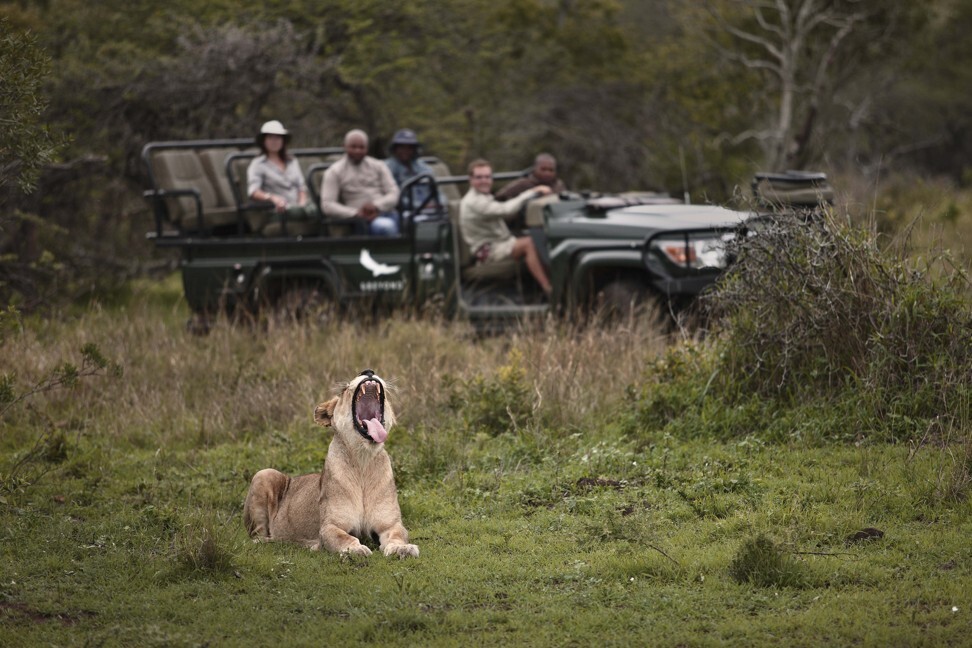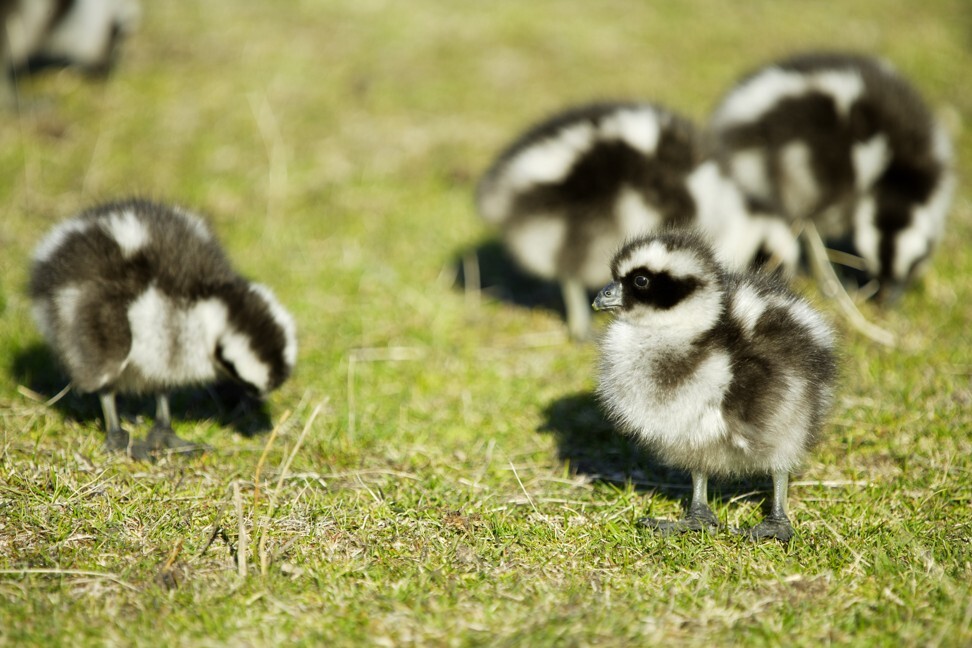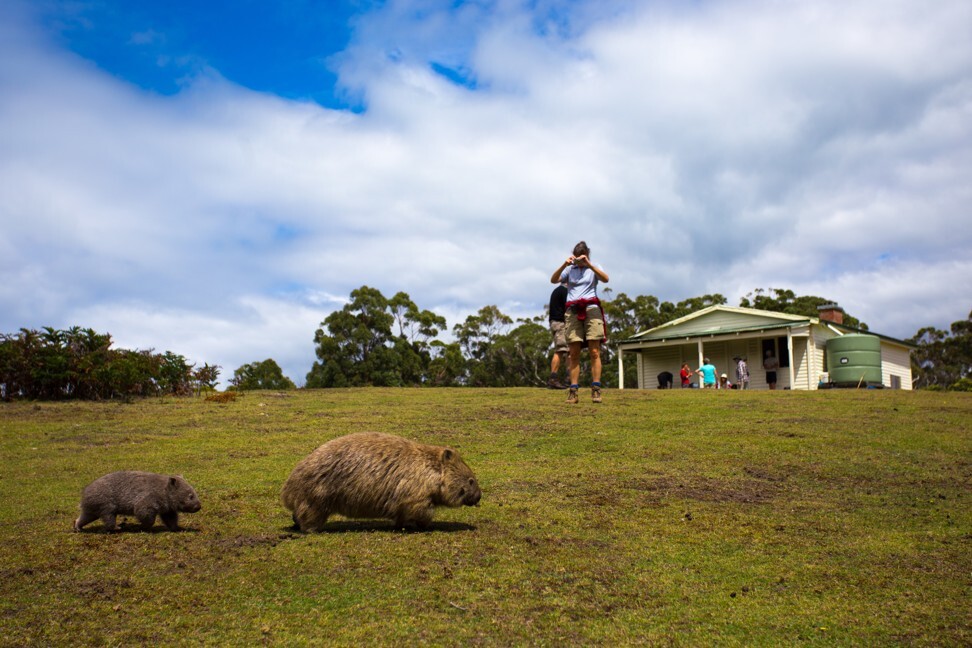
How luxury tourism can help endangered species like the rhino and the Tasmanian devil to survive – from South Africa to Australia to the Galapagos
More luxury travellers are embracing the philosophy of journeying responsibly and meaningfully, taking part in conservation activities to sustain dwindling wildlife populations

Living in harmony with other creatures on Earth has become more significant than ever, given the storm of recent catastrophes that have affected us all.
From the coronavirus outbreak to the bush fires that ravaged Australia and floods in Venice, these disasters can be deemed a loud wake-up call from Mother Nature.

In response to this, some luxury travellers are embracing the philosophy of journeying responsibly and meaningfully. Across the globe, travellers are drawn to the idea of not only getting close-ups of rare and endangered animals, but taking part in conservation activities and experiencing efforts to sustain dwindling populations, reintroduce vanished species and even recreate those thought lost forever.
In South Africa’s KwaZulu-Natal province, it’s not long past first light at luxury lodge operator and Beyond’s Phinda Private Game Reserve and we’ve risen early from our pavilions at Mountain Lodge in time to reach a 6am rendezvous in an area of short shrubs and grass, which nevertheless cast long shadows from a warm sun that has barely risen above the surrounding hills.
We’re off to hunt rhino, and to take their horns. But unlike poachers in search of ingredients for spurious medicines who would kill the animals to make removing the horns easier, we’re hunting them to save their lives.
Phinda’s ecologist explains the morning’s activities. The helicopter pilot will locate the target rhino by tracking a collar on its ankle, and a vet will mix up a cocktail of drugs which he’ll then deliver by dart to the animal’s rear end, shooting from the air.
They will then scan a microchip embedded in the animal to confirm its identity, take blood, tissue and horn samples for future forensic testing if its horn is stolen, and to replace the tracker with a new lighter device attached to the rhino’s ear.

The helicopter clatters off, and after a wait the radio crackles that the beast has been spotted. Our convoy races towards where the machine is hovering in the air, even flying backwards to herd the now darted and increasingly sleepy rhino towards the road.
The beast emerges from the bush at a slowing trot, and comes to a halt, its ears flapping in a puzzled way. Once sat down on its back legs, it is quickly surrounded by solicitous assistants. Someone applies a blindfold and presses in earplugs made from balled up rugby socks, and the vet gives a partial antidote to bring the rhino to numbed semi-consciousness.
It lies there, lips aflutter and ears twitching, a giant presence that is like a dreaming house cat crossed with a mountain of luggage. Its mud-caked skin is so rough to the touch and inflexible-looking, it’s a surprise the animal can move at all.
The ankle collar is swiftly removed and the new tracking tag bolted to one ear, but in the 18 months since the animal was last inspected its sawn horn has regrown over 10 centimetres. This is enough to be a temptation to those poaching for the Chinese medicine trade whose users seem unaware that ingesting rhino horn is no more medicinal than biting their own nails, equally made of keratin.

The surgical tool of choice is a chainsaw, followed by a rotary sander to smooth off the hump. The air starts to smell like a hair salon after heat treatments as white flakes fly off to form a snowy patch in front of the rhino, which comfortably slumbers through it all.
Within minutes of receiving a full antidote the beast stumbles to its feet, looks around briefly in modest confusion, then begins to graze as if nothing has happened. But this lack of drama thrills those who have taken part, even if only as onlookers. Their fee for joining in and getting as close up to a wild giant as is possible will help to ensure all the Phinda rhinos are trimmed, and word will get to poachers that breaking in isn’t worth the effort.
Across the Indian Ocean to the east, Maria Island is a 20km-long, little-visited speck off Tasmania’s coast, consisting of two tiny landmasses connected to each other by a slender isthmus that has become a refuge for Australia’s endangered wildlife.
“They describe Maria Island as the Noah’s Ark of Tasmania,” says Ian Johnstone of The Maria Island Walk, which runs four-day guided walking tours there.
The island has been designated a national park, its 2,000 sheep shipped out, and populations of several threatened species of kangaroo, wallabies and smaller marsupials such as wombats, pademelons and potoroos, brought to live alongside endangered birds ranging from plump lime-billed Cape Barren geese to tiny colourful forty-spotted pardalotes.
An introduced colony of 28 entertainingly bad-tempered Tasmanian devils, free of the communicable cancer that has devastated the mainland population, has grown to over a hundred and some are being returned to the mainland.
Sightings of these and other endangered species are guaranteed, and in fact happen so often that it’s hard to imagine they’re only found in limited numbers elsewhere.

Still further east across the South Pacific, it’s even possible to see preparations to bring species back from extinction. During a holiday viewing endangered creatures in the wild on the Galapagos Islands, guides from Ecoventura’s luxurious MV Theory take visitors to Puerto Ayora on the Galapagos Island of Santa Cruz to view the lumbering giant tortoises, and explain their conservation.
The full-grown adults have considerable charisma and a cynical, disapproving air, standing statue-like yet alert on tree-trunk legs as they contemplatively chew through foliage.
Like Phinda’s rhino they are a target for poachers. The babies, which are easily caught, command as much as US$50,000 on the black market. So at the Charles Darwin Research Station the infants totter charmingly around in highly fenced pens labelled with their year of birth and island of origin, to make sure they survive to return to their proper homes when sufficiently mature.
World-renowned Lonesome George was the sole survivor of a strain from the island of Pinta, whose population was thought wiped out by 19th century whalers who hunted large numbers for food. George was discovered in 1971 and brought to the research station but he failed to produce offspring with any other tortoise species before his death in 2012.
But in 2002 a study of the DNA of tortoises on Isabela Island that were visibly different from the main population showed that many were hybrid descendants of animals less fastidious about mating with strangers, and included some with partial Pinta ancestry. These were likely to be the survivors of documented cases when whalers fleeing capture threw excess numbers of harvested tortoises overboard.
Now a careful breeding programme may eventually bring the Pinta tortoise back to life, and the thrill here is in the long-term planning. With all the protection your entrance fees pay to provide, and with lifespans of at least 170 years, these babies will be around long after you or I.